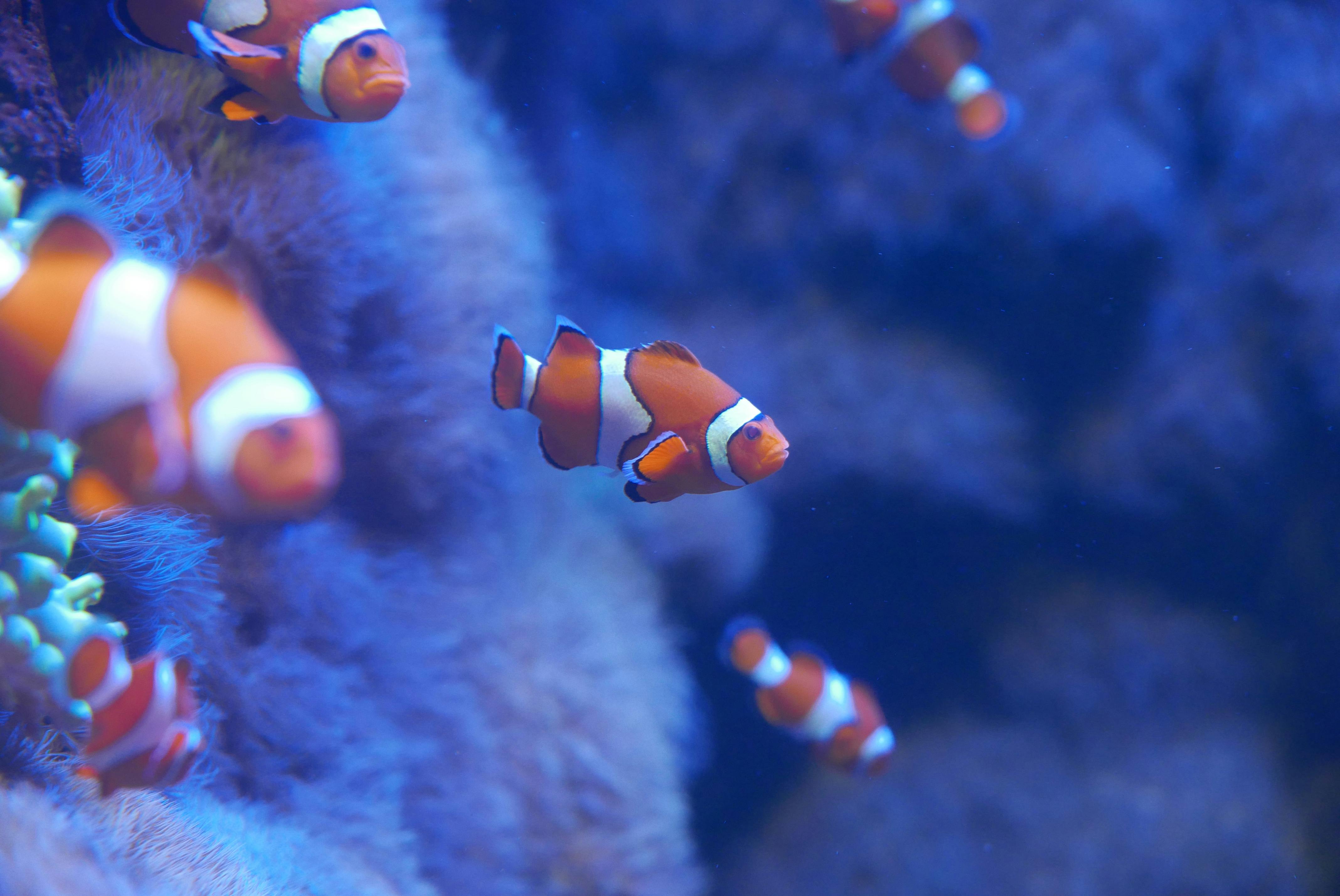Introducing New Fish to Your Aquarium: A Step-by-Step Guide

Introducing New fish to Your Aquarium: A Step-by-Step Guide
Introducing new fish to an established aquarium is a delicate process that requires careful planning and execution. It might seem as simple as dropping the fish into the tank, but in reality, the integration of new fish involves consideration of both biological and social factors. This guide will provide you with comprehensive steps on how to successfully introduce new fish into your aquarium, ensuring a smooth transition and healthy environment for all aquatic inhabitants.
Step 1: Quarantine New Arrivals
Before you introduce new fish into your main tank, it is crucial to quarantine them. This step prevents the spread of diseases and parasites to your existing fish. Use a separate tank, preferably with similar water conditions as your main aquarium, to isolate new fish for at least two weeks. Monitor the fish for any signs of disease or distress during this period.
Step 2: Match Water Parameters
Before the transfer occurs, ensure that the water parameters in your quarantine tank closely match those in your main aquarium. This includes temperature, pH, hardness, and chemical composition. Gradual adjustment of the new fish's water parameters to match your aquarium's environment will reduce stress and shock during the introduction process.
Step 3: Acclimatize the Fish
Acclimatization is crucial when transferring fish from one environment to another. Begin by placing the fish (still in their transport bags) into the aquarium to allow them to adjust to the temperature of your tank's water. After about 15 minutes, gradually add small amounts of tank water to the bag every 10 minutes for about an hour. This gradual introduction helps the fish to acclimate to the new water conditions without shock.
Step 4: Introduce Fish to the Aquarium
Once acclimatization is complete, gently release the fish into the aquarium. Make sure to avoid adding water from the transportation bag into your tank to prevent contamination. Allow the fish to explore their new home and adjust to their new surroundings at their own pace.
Step 5: Monitor the Fish and Tank Environment
After introducing new fish to your aquarium, closely observe their behavior and health. Also, keep an eye on the ammonia, nitrite, and nitrate levels in the tank, as the bio-load of the tank has changed. It's vital to ensure that your filtration system is working efficiently and that the tank is not overcrowded, as this could lead to stress and health issues among the fish.
Bonus Tips for Success
- Feed sparingly: Slight underfeeding will ensure that the biological filter is not overwhelmed by the increased waste from the new fish.
- Observe fish interactions: Watch for signs of aggression and ensure that all fish have enough space and hiding spots to feel secure.
- Perform regular maintenance: Maintain good water quality and regular cleaning schedules to keep your aquatic environment healthy.
Successfully introducing new fish to your aquarium can be gratifying, enhancing the beauty and diversity of your aquatic environment. By following these structured steps, you ensure a safe and stress-free introduction, leading to a thriving aquatic community.